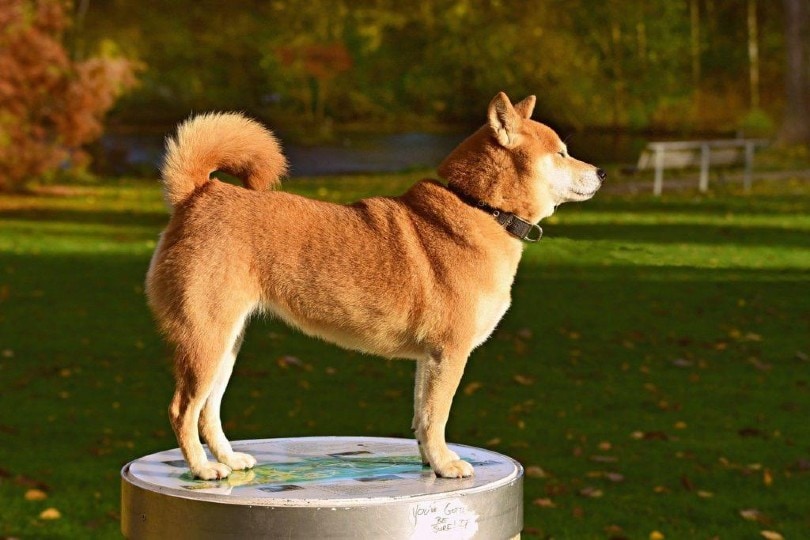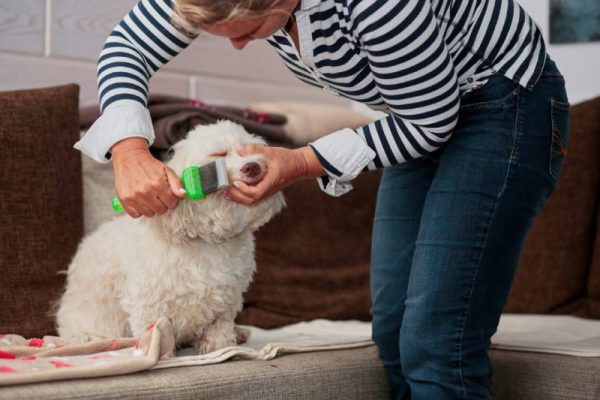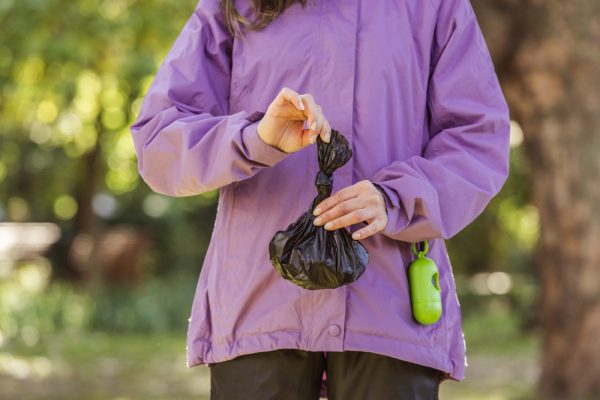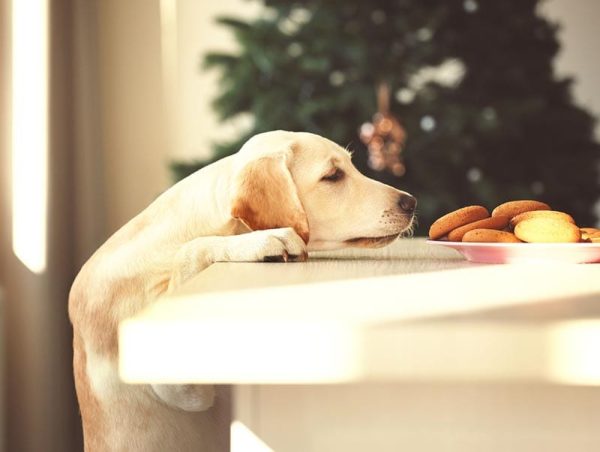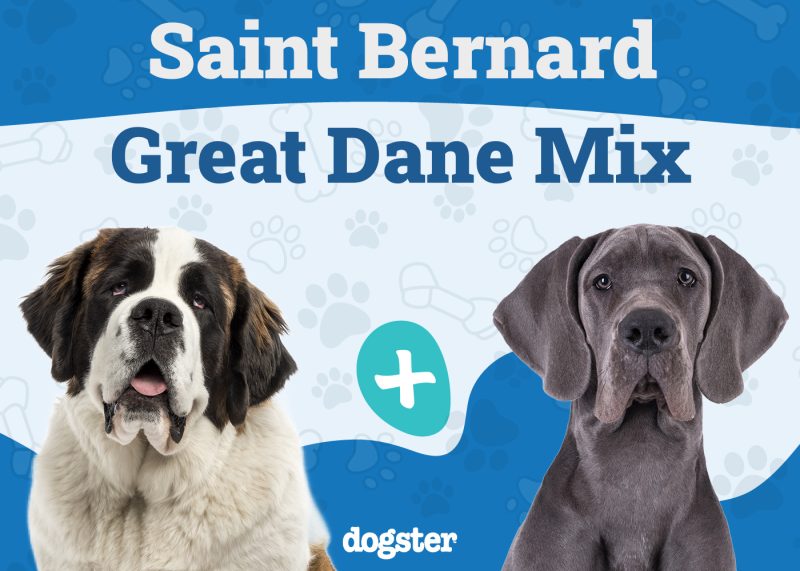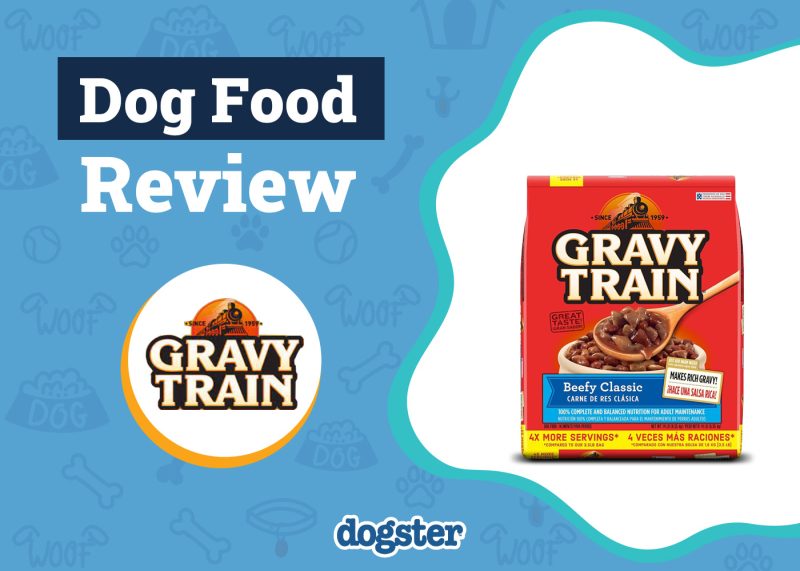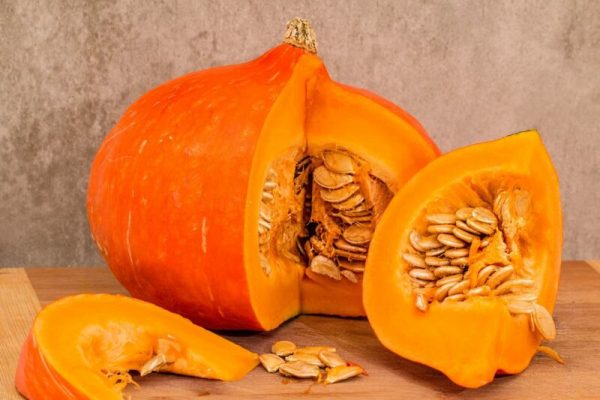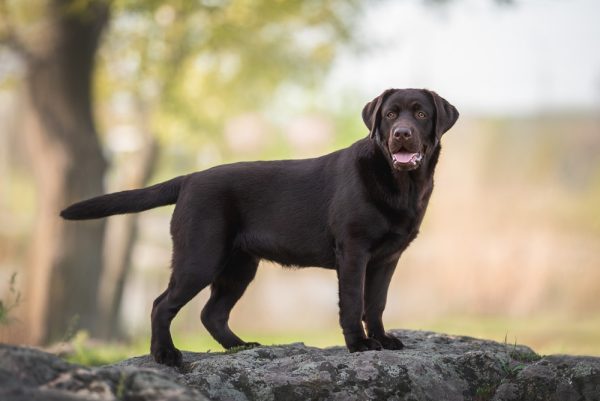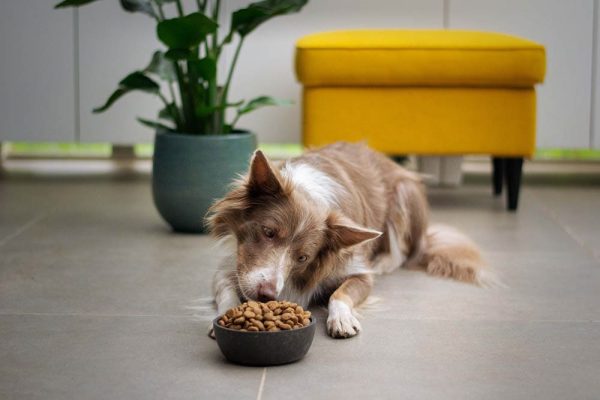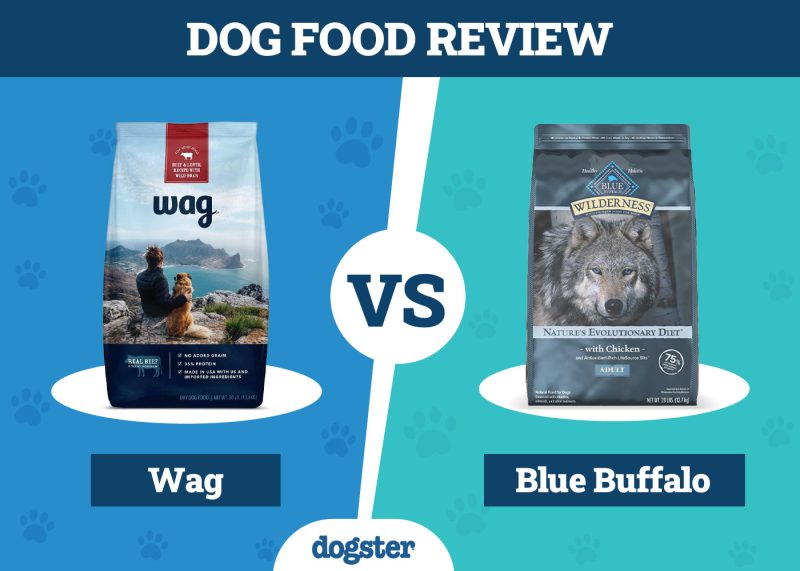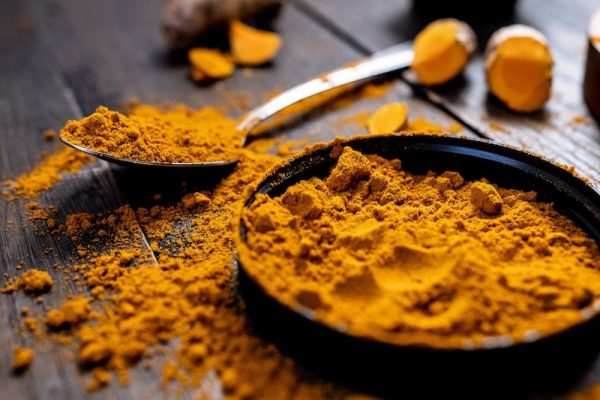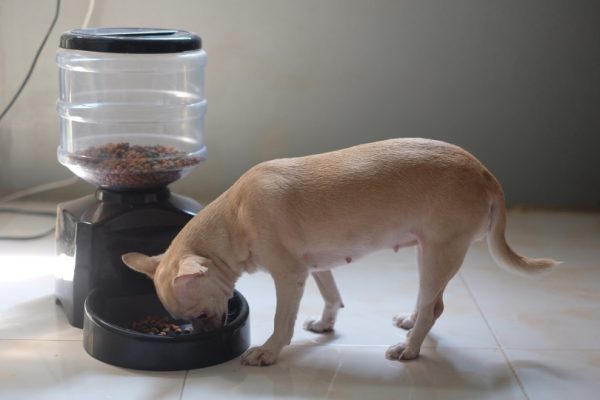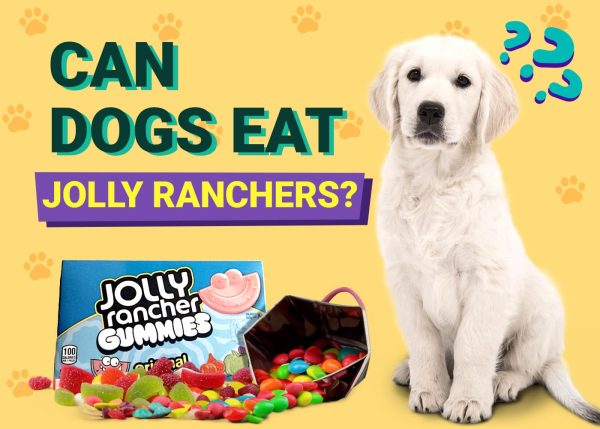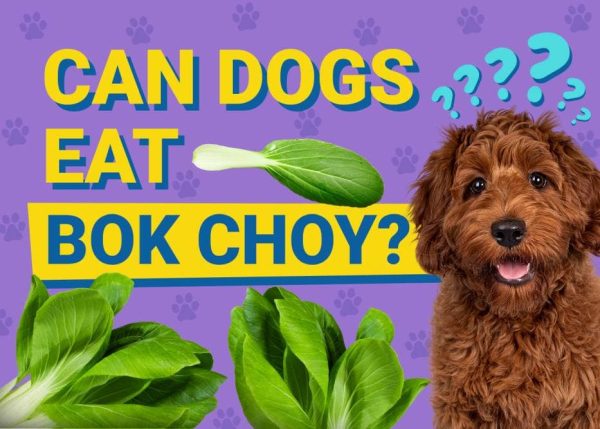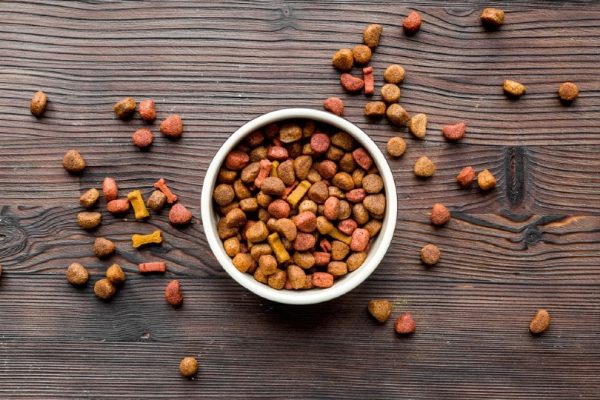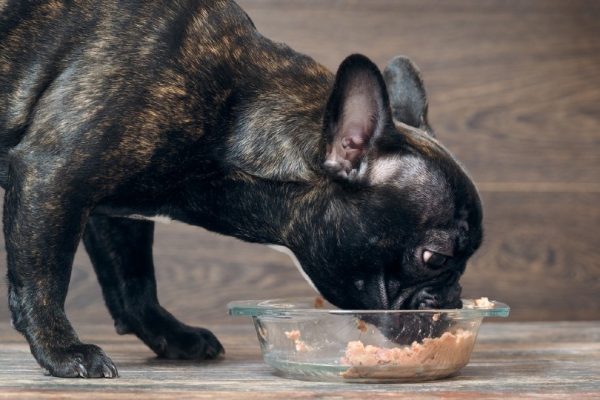In this article
View 4 More +The Shiba Inu is the smallest of the six native dogs of Japan. You can recognize them by their compact, muscular bodies and curled tails. They have thick coats, triangular ears, and expressive faces. To some people, they resemble foxes or even stuffed toys.
These adorable dogs only weigh up to 20 pounds. They are small but mighty. They’re athletic and quick, moving almost effortlessly. Some may wonder what this dog was originally bred for. In this article, we look at the history of the Shiba Inu and what they’re used for today. But as a small spoiler, the Shiba Inu was originally bred to flush out and hunt small game.

Origin of the Shiba Inu
Evidence such as primitive drawings suggests that the Shiba Inu was owned by Japanese families as far back as 300 B.C. The dogs remained unchanged for thousands of years until 1854.
Japan had closed itself off from the rest of the world, but an American Naval officer arrived in Japan, forcing the island country to rejoin the global economy. New breeds of dogs were then exported to Japan, which were bred with the original Shiba Inu.
During the days of the Kamakura Shogunate (1190–1603), the Samurai used Shiba Inus for hunting and may have used the word Shiba in their dialect to mean “small.”
But Shiba translates to “brushwood” in Japanese. They are known as “the little brushwood dog,” likely due to their red coloring that resembles dried brushwood. They are small enough to flush out birds and other game from bushes. They’re also great at hunting rabbits, foxes, and wild turkeys. Sometimes they were used to hunt boar.
There were three types of Shiba Inus before World War II. All these breeds contributed to the modern-day Shiba Inu.
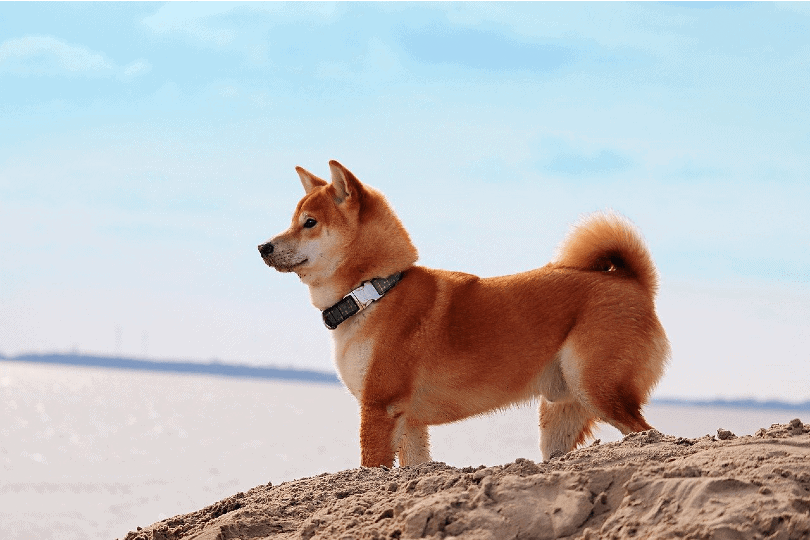
Before World War II
The Shiba Inus faced a difficult time between 1912 and 1926. After Western breeds were brought to Japan, the crossbreeding between those breeds and the Shiba Inus resulted in nearly no purebred Shiba Inus left.
To preserve the breed, the Nihon Ken Hozonkai was established in 1928. Also known as the Association for the Preservation of the Japanese Dog, this organization led to the government making the Shiba Inu a Japanese National Monument in 1936.
Despite all this, the Shiba Inus nearly went extinct after World War II.
After World War II
The war nearly wiped out all the Shiba Inus. Bombings and a distemper breakout threatened the breed’s existence. Japan experienced a harsh economic decline after World War II, and owning dogs was one of the first things to go because dog ownership was viewed as wasteful. Many remaining Shiba Inus that survived the war and the distemper outbreak were rounded up and killed. Their fur was used for military clothing and their meat for food.
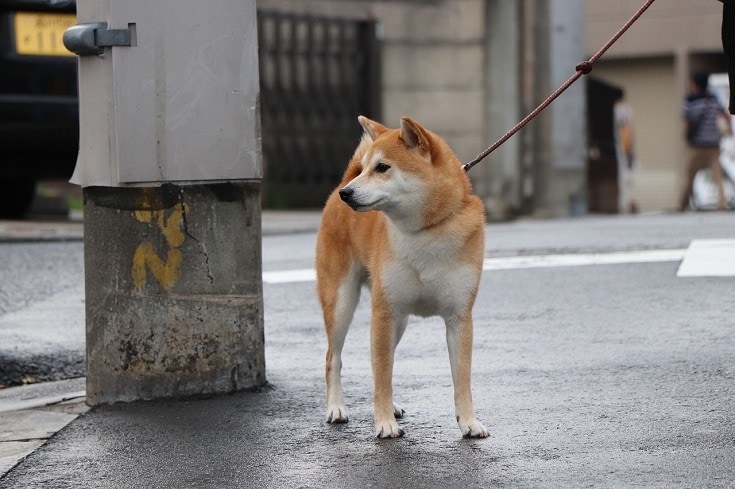
Last Bloodlines
The three surviving bloodlines of Shiba Inus in Japan were the Shinshu Shiba, the Mino Shiba, and the San’in Shiba. All Shiba Inus today have descended from these dogs.
In the 1920s, these bloodlines were combined into one, which is the Shiba Inu that we know today.
- See Also: 8 Best Small Dog Collars
Present Day Shiba Inus
In 1945, U.S. soldiers noticed Shiba Inus in Japan. In 1959, an army family brought a Shiba home with them from Japan to the United States. The breed gained more popularity in the United States in the following years.
In 1979, the United States welcomed its first litter of Shiba Inus. The breed became recognized in 1992 by the American Kennel Club.
Shiba Inus are now used as companion animals in the United States and Japan. They are loyal and calm dogs with a loving nature. Their gentleness makes them ideal for families. They also make good watchdogs because they are always alert.
One thing to be aware of if you intend to own a Shiba Inu is their high prey drive. Their hunting instincts have never left them, and they will chase anything that is small and furry. If you own other small animals, like ferrets, rabbits, or guinea pigs, make sure the Shiba Inu is always kept away from them. These dogs should not be trusted around small animals.
For this reason, the dog should always be on a leash if they are not in a fenced-in area. They could take off after a squirrel and not stop running. No command that you shout will win over their inherent prey drive.
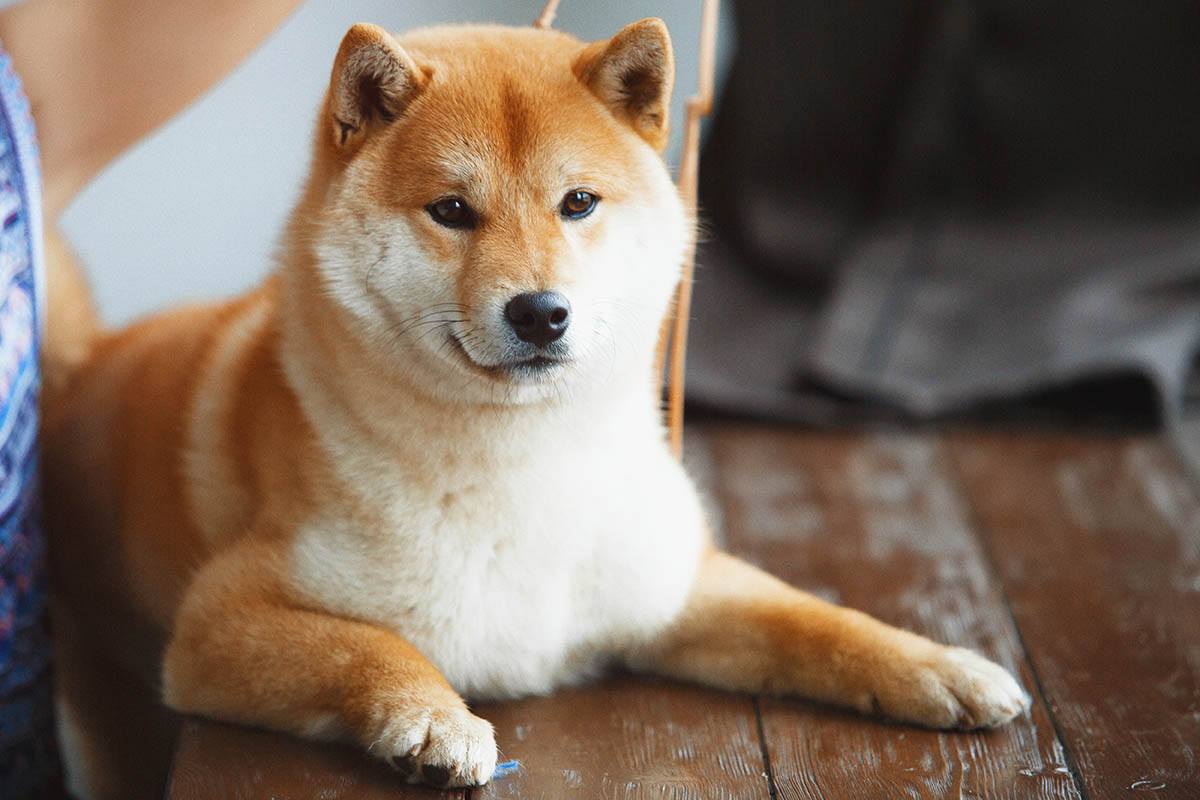

Final Thoughts
The Shiba Inu is the result of centuries of breeding and preservation. These small dogs were bred for hunting because their size and energy made them efficient at flushing out small game.
These hunting instincts are still prevalent in the breed today, even though these dogs are primarily used as companion animals now. After Shiba Inus have survived potential extinction twice, the world now sees what loving and beautiful dogs they are.
See also:
- 8 Dog-Friendly Hiking Trails in Northern California You Can Visit
- Are Dogs Allowed in Redwood National Park?
Featured Image Credit: Mabel Amber, Pixabay
